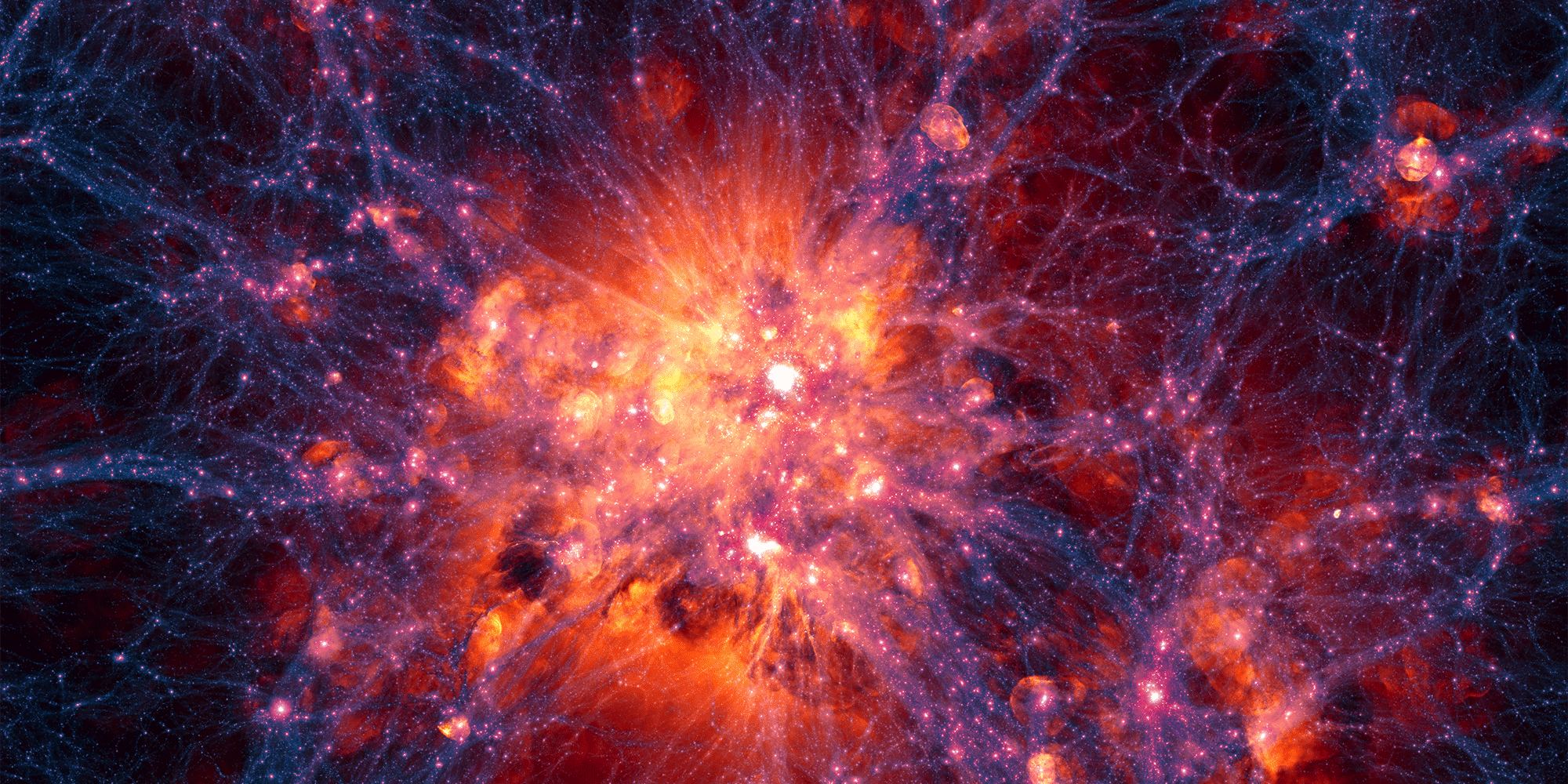China has made a significant leap in fusion energy research by dramatically improving the speed of key plasma measurements. This breakthrough marks an important step toward achieving clean, limitless energy, with scientists using advanced technology to measure ion temperature and rotation velocity 10 times faster than before.
Neural networks, a form of artificial intelligence, are now transforming fusion energy research. These networks can analyze large datasets in real-time, providing critical insights into the behavior of plasma, a state of matter that needs precise control in fusion reactors. The ability to quickly and accurately process this information is vital for maintaining stability in the reactor.
A team of researchers from the Hefei Institutes of Physical Science, led by Professor Lyu Bo, has combined artificial intelligence with X-ray Crystal Spectroscopy (XCS), a technique for monitoring plasma properties. The fusion of these methods has allowed them to significantly enhance the speed and accuracy of plasma monitoring.
Key Plasma Parameters
“To improve performance in tokamak operations, swift and precise acquisition of plasma parameters like electron density, electron temperature, and ion temperature is essential,” said the research team in their study.
Traditionally, measuring these parameters in real-time has been a challenge. But the introduction of neural network models, such as Deep Neural Networks (DNN) and Convolutional Neural Networks (CNN), has greatly improved the speed and accuracy of these calculations.
The team tested the models on the Experimental Advanced Superconducting Tokamak (EAST), confirming their ability to predict ion temperature and rotation velocity with precision. Notably, the DNN model delivered results 10 times faster than traditional methods.
“One of the key outcomes was the significant speed improvement,” the team explained in a press release. “This provides quick results without compromising accuracy.”
Future Applications for Fusion Research
The success of this AI-driven approach goes beyond immediate applications. “This model can be adapted for other diagnostic systems, making it valuable for broader fusion research,” the press release mentioned. The ability to quickly measure and analyze plasma properties opens new doors for improving reactor performance and accelerating the path to achieving practical fusion energy.











